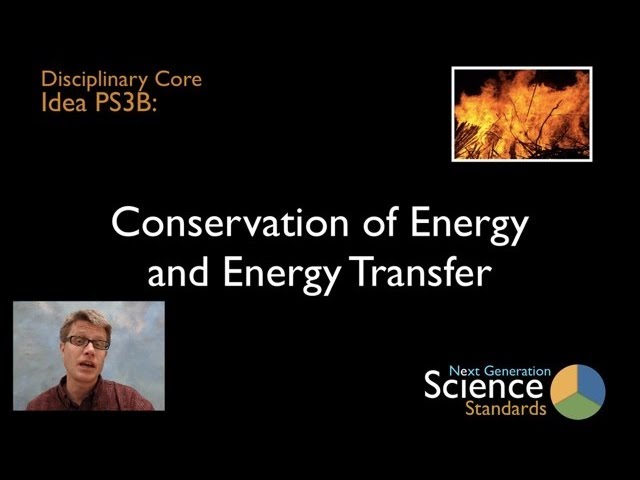PS3.D: Energy in Chemical Processes and Everyday Life
In this video Paul Andersen explains how energy is used in chemical processes and everyday life. Students should understand that energy is neither created or destroyed but is converted. Most of the energy is delivered to our planet from the sun and is harvested through the process of photosynthesis. A K-12 teaching progression is also included.
PS3.B: Conservation of Energy and Energy Transfer
Paul Andersen explains how energy is conserved within a system. In both macroscopic and microscopic collisions the amount of energy before the collision is equal to the amount after. He then defines heat as energy transfer between objects with different temperatures. He explains how heat is transferred via conduction, convection and radiation. A teaching progression K-12 is also included.
CCC4: Systems and System Models
In this video Paul Andersen explains how systems can be used to understand phenomenon in science and create better designs in engineering. He starts by defining the characteristics of a system and describes how system models can be used to better understand the world. For example a system model of the water cycle can show the cycling of matter on the surface of the Earth. He ends with a progression of instruction for a K-12 science classroom.
SEP3: Planning and Carrying Out Investigations
Paul Andersen explains how investigations are used by scientists to answer questions and by engineers to test designs. He delineates be investigative and observational science. He demonstrates the formation of a good question the design of an effective investigation.




